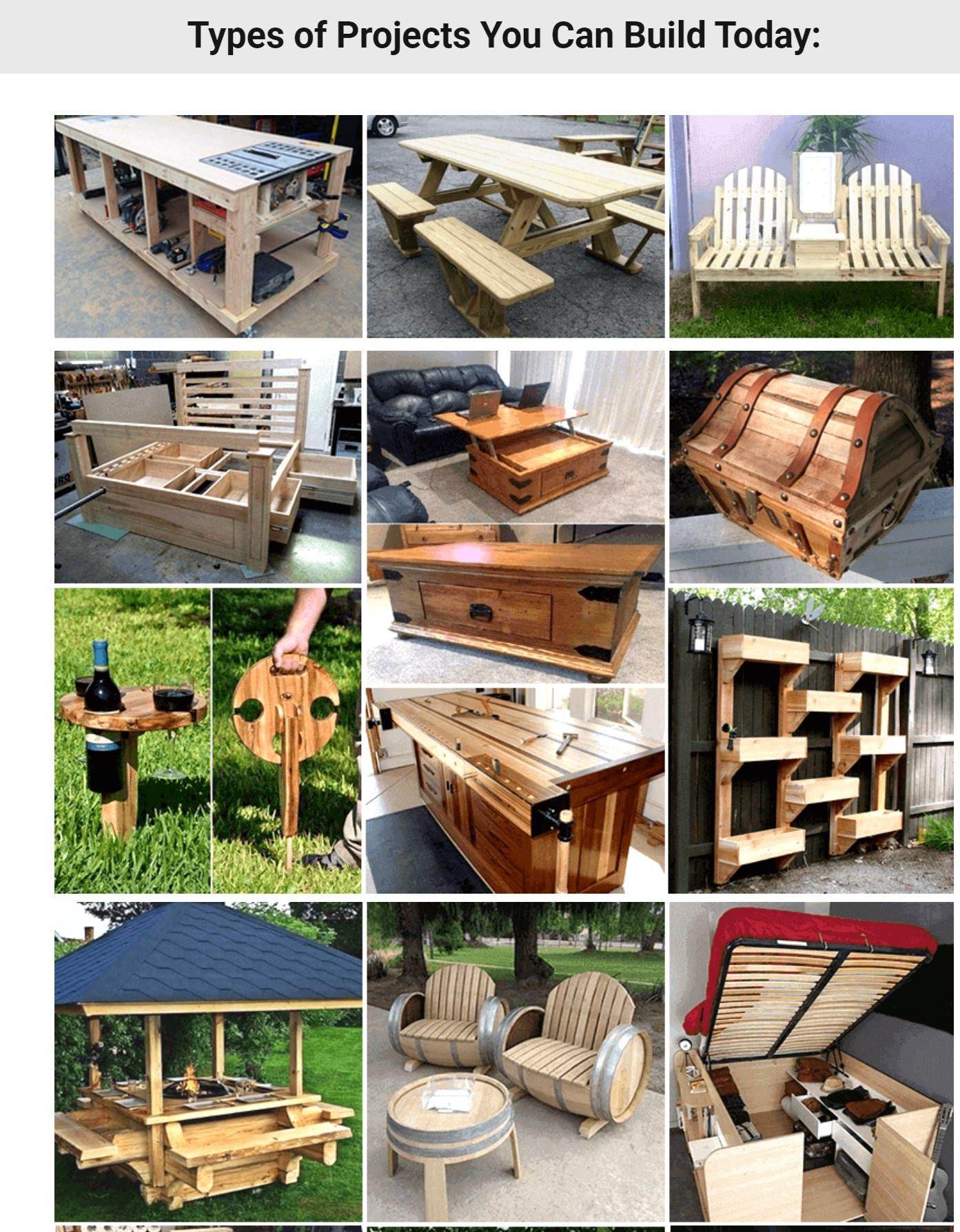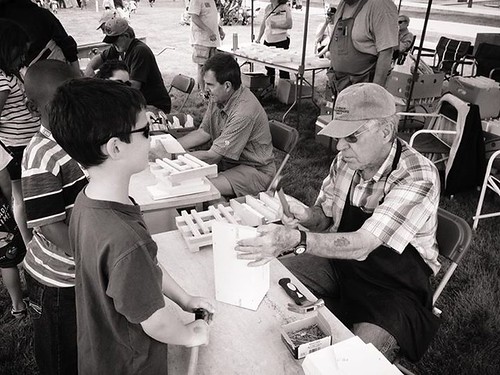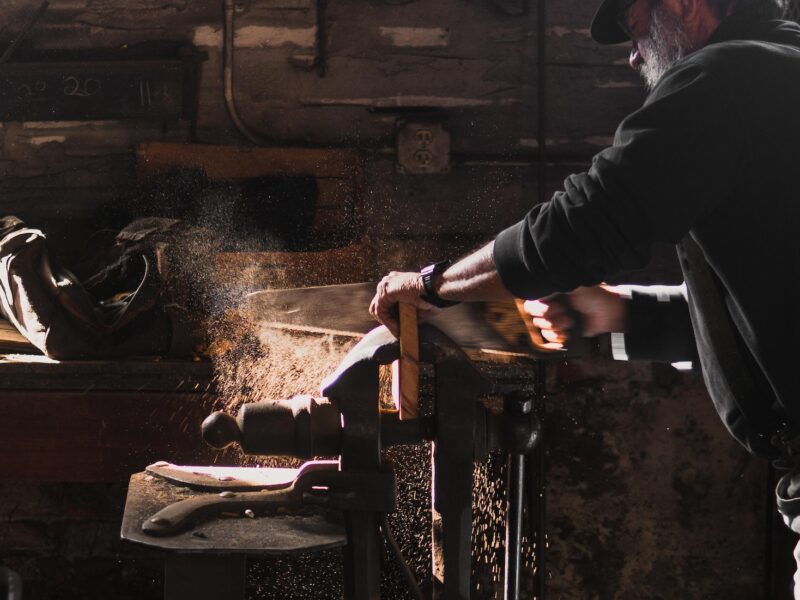Joinery 101: An Introduction to Wood Joining Techniques
Table of Contents
- Introduction
- The Importance of Joinery in Woodworking
- Basic Wood Joining Techniques
- Advanced Wood Joining Techniques
- Factors to Consider When Choosing a Wood Joining Technique
- Tools and Equipment for Wood Joinery
- Joinery Safety Tips
- Common Mistakes to Avoid in Wood Joinery
- Joinery Tips for Beginners
- Conclusion
- FAQs
Introduction
Wood joinery is a fundamental aspect of woodworking that involves connecting two or more pieces of wood to create sturdy and aesthetically pleasing structures. Whether you are a woodworking enthusiast or a professional carpenter, understanding various wood joining techniques is essential for crafting high-quality and durable projects. In this article, we will explore the world of wood joinery, from basic techniques suitable for beginners to more complex methods used by experienced artisans.
The Importance of Joinery in Woodworking
Joinery is the backbone of woodworking, determining the overall strength and longevity of the finished piece. Properly joined wood ensures stability, preventing joints from coming apart under stress. It also enhances the visual appeal of the final product, as seamless and well-crafted joints contribute to the overall aesthetics.
Basic Wood Joining Techniques
Butt Joint
The butt joint is one of the simplest wood joining methods, involving the connection of two pieces of wood at their ends. This technique is commonly used in projects where strength is not a primary concern.
Lap Joint
The lap joint involves overlapping two pieces of wood and securing them with nails or screws. This technique provides better strength compared to the butt joint and is often used in cabinet making and simple framing.
Dowel Joint
Dowel joints involve creating holes in the wood pieces and inserting dowels to hold them together. This method is widely used in furniture making and provides good alignment and strength.
Mortise and Tenon Joint
The mortise and tenon joint is a traditional method where one piece of wood has a slot (mortise), and the other has a corresponding projection (tenon) that fits into the mortise. It is highly durable and commonly used in furniture construction.
Dovetail Joint
The dovetail joint is renowned for its strength and aesthetics. It involves interlocking wedge-shaped projections on two pieces of wood, commonly used in drawer construction and fine woodworking.
Finger Joint
The finger joint, also known as a box joint, is formed by cutting complementary rectangular cuts in two pieces of wood, which are then interlocked. This method is used in box and drawer construction.
Biscuit Joint
Biscuit joints involve using small, football-shaped wooden biscuits covered with glue to connect two wood pieces. This technique is particularly useful for aligning and strengthening edge-to-edge joints.
Advanced Wood Joining Techniques
Tongue and Groove Joint
The tongue and groove joint features a tongue (a protruding ridge) on one piece of wood that fits into a corresponding groove on another piece. This technique is often used in flooring and paneling.
Box Joint
The box joint is similar to the finger joint but utilizes square interlocking projections instead of rectangular ones. It is ideal for creating sturdy box-like structures.
Miter Joint
The miter joint involves joining two pieces of wood at an angle, usually 45 degrees. It is commonly used in picture frames and molding.
Bridle Joint
The bridle joint is formed by joining the end of one piece of wood into a notch in another. It is often used in making frames and boxes.
Half-Lap Joint
The half-lap joint is created by removing half of the thickness from each piece of wood and then joining them together. It is commonly used in building tabletops and cabinet frames.
Pocket Hole Joint
The pocket hole joint involves drilling a hole at an angle in one piece of wood and then connecting it to another piece with screws. It is a quick and effective method for joining wood pieces at specific angles.
Finger Joint
The finger joint, also known as a comb joint, is created by interlocking rectangular cuts in two pieces of wood. It is commonly used in creating long pieces of lumber from shorter ones.

Factors to Consider When Choosing a Wood Joining Technique
Strength
When selecting a wood joining technique, consider the level of strength required for your project. Some techniques offer better strength than others and are more suitable for load-bearing structures.
Aesthetics
The appearance of the joint is crucial, especially in projects where the joint will be visible. Certain techniques, like dovetail joints, not only provide exceptional strength but also add beauty to the finished product.
Wood Type
The type of wood you are using plays a significant role in choosing the appropriate joining technique. Hardwoods and softwoods may react differently to certain methods, affecting the joint’s integrity.
Skill Level
As a woodworker, be mindful of your skill level when selecting a wood joining technique. While some methods may be more straightforward for beginners, others may require advanced woodworking skills.
Project Type
Different projects have unique requirements, and the choice of joining technique should align with the intended use of the finished piece. Consider the specific needs of your project before making a decision.
Tools and Equipment for Wood Joinery
Hand Tools
Hand tools are essential for traditional woodworking and precision joinery. Some common hand tools include hammers, chisels, saws, and hand planes.
Power Tools
Power tools offer efficiency and accuracy in wood joinery. Some commonly used power tools for joinery include drills, routers, and biscuit joiners.
Joinery Jigs
Joinery jigs assist in creating consistent and accurate cuts. They are valuable tools for achieving precision in woodworking projects.
Joinery Safety Tips
Wear Personal Protective Equipment (PPE)
Always wear appropriate PPE, such as safety goggles, ear protection, and a dust mask, to protect yourself from potential hazards.
Keep Workspace Clean and Organized
Maintaining a clean and organized workspace reduces the risk of accidents and makes the woodworking process more efficient.
Use Sharp Tools
Sharp tools ensure clean and accurate cuts while reducing the chance of slip-ups that could lead to injuries.
Avoid Rushing
Woodworking requires patience and attention to detail. Avoid rushing through the process to ensure accurate and safe joinery.
Practice Proper Technique
Learn and practice proper woodworking techniques to achieve high-quality and precise joinery.
Common Mistakes to Avoid in Wood Joinery
Using Incorrect Wood Type
Using the wrong type of wood for a specific joinery technique can result in weak or unreliable joints.
Neglecting Precision Measurements
Accurate measurements are essential in woodworking to achieve well-fitted joints.
Overlooking Glue Application
Applying glue incorrectly or insufficiently can compromise the strength of the joint.
Ignoring Clamping Techniques
Proper clamping ensures that the wood pieces adhere firmly while the glue dries.
Rushing Through the Process
Impatience can lead to mistakes, affecting the quality of the joint and the overall project.
Neglecting Sanding and Finishing
Leaving rough edges or skipping the finishing process can impact the final appearance and feel of the project.
Joinery Tips for Beginners
Start with Simple Projects
Beginners should start with straightforward projects that allow them to practice basic joinery techniques.
Learn from Experienced Woodworkers
Seek advice and guidance from experienced woodworkers to learn valuable tips and tricks.
Invest in Quality Tools
Quality tools are essential for achieving precise and professional results in wood joinery.
Practice Patience
Woodworking requires patience and persistence to master various joinery techniques.
Embrace Mistakes as Learning Opportunities
Mistakes are part of the learning process. Embrace them as opportunities to improve your woodworking skills.
Conclusion
Joinery is a vital skill in woodworking that allows craftsmen to create sturdy and visually appealing projects. By understanding the various wood joining techniques and factors to consider, woodworkers can choose the most appropriate method for their projects. Remember to prioritize safety and precision throughout the woodworking process, and practice patience as you hone your joinery skills. Whether you are a beginner or an experienced woodworker, mastering the art of wood joinery opens the door to a world of creativity and craftsmanship.

FAQs
What is the strongest wood joint?
The dovetail joint is considered one of the strongest wood joints due to its interlocking design.
Can I join different types of wood together?
Yes, you can join different types of wood together using suitable wood joining techniques. However, consider the compatibility and characteristics of the wood species for the best results.
Are hand tools better than power tools for joinery?
Both hand tools and power tools have their advantages in wood joinery. Hand tools offer precision and control, while power tools provide efficiency and speed.
How do I know which wood joinery technique to use for my project?
Consider the strength requirements, aesthetics, wood type, skill level, and project type when choosing a wood joinery technique.
Can I use wood glue alone for joining wood pieces?
While wood glue is commonly used for wood joinery, it is often reinforced with mechanical fasteners or other joining methods for increased strength and durability.





